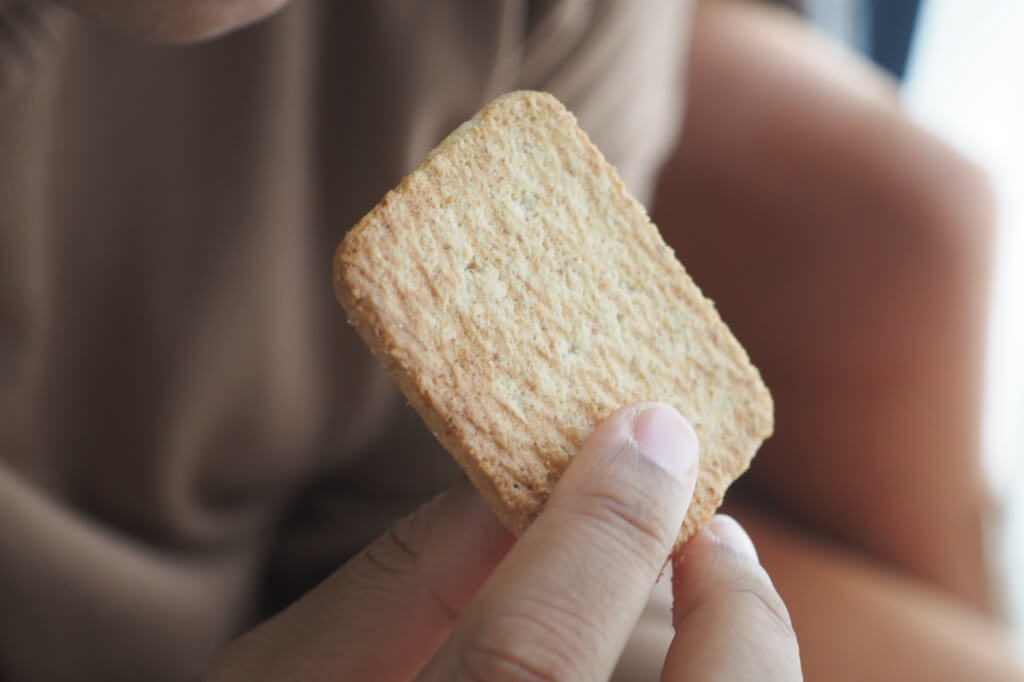It’s fascinating to learn that the origins of one of the most widely recognized hand gestures stretch back over two millennia. Unlike the high five, which boasts a more modern beginning, the middle finger’s history is entrenched in both culture and human anatomy.
The symbolism behind the middle finger is tied to the phallus, as many interpretations suggest. It seems our ancestors chose the longest finger to symbolize the male anatomy. Interestingly, some cultures even considered the thumb, possibly emphasizing width over length. In some instances, the gesture was associated with an analogy for the testicles, depicting a rather straightforward message.
In the context of Ancient Greece, the use of the middle finger went beyond a simple insult; it also hinted at the recipient’s perceived preference for a particular form of physical affection. While same-sex relations were relatively acceptable during this era, assuming the passive role was often seen as a sign of weakness, especially for individuals of lower social standing.
Aristophanes’ The Clouds, dating back to 423 BC, provides an early example of this gesture. In the play, Strepsiades, frustrated with Socrates’ rhetoric, uses the middle finger as a form of expression.
The third-century AD work Lives of the Eminent Philosophers recounts an incident involving the orator Demosthenes and the philosopher Diogenes, revealing a historical context for this gesture.
Caligula, the infamous Roman emperor, was known to employ the middle finger as a means of insult, a practice highlighted in historical accounts of his interactions with Cassius Chaerea, who eventually orchestrated Caligula’s assassination.
With the spread of Christianity during the Middle Ages, this offensive practice gradually receded from public view, possibly due to changing moral values. However, references to the gesture can still be found in literature such as Isidore of Seville’s Etymologiae from the sixth century, highlighting its continued usage as an insult.
In more recent history, the gesture resurfaced in the early 19th century and gained photographic prominence in the latter half of the 1800s. Notably, a photograph from 1886 featuring baseball legend Charley “Old Hoss” Radbourn displays him making this infamous gesture.
The phrase “flipping the bird” or “giving the bird” may have originated from the disapproving calls of birds, such as owls and geese, merging with the offensive hand gesture. The connection between bird calls and disapproval led to the popularization of the idiom.
By the mid-20th century, “giving the bird” encompassed both the act of making an offensive sound and extending the middle finger, as evidenced by its appearance in the animated film A Tale of Two Kitties in 1942.
Fun Facts You Should Know About
The Origin of “Charley Horse”
Have you ever wondered about the curious term “Charley Horse” used to describe a sudden leg muscle cramp? Its roots can be traced back to the legendary baseball figure Charley “Hoss” Radbourn. Following his exceptional 1884 season, where he remarkably won 59 games, the term began to circulate in baseball circles. Old Hoss’ intense pitching regime, coupled with regular muscle cramps, likely inspired the term’s usage, as suggested by reports and articles from that era.
North Korean Misinterpretation
Did you know that North Korean propaganda images during the “Pueblo crisis” revealed a misunderstanding of the middle finger gesture? American sailors, captured during the crisis, initially convinced their captors that the gesture was a symbol of good luck. However, when the true meaning was deciphered, the sailors faced severe beatings at the hands of the North Korean authorities.
Cultural Miscommunication
In some regions, giving a thumbs up might not convey the positive message you expect. For instance, during the arrival of American troops in Iraq, civilians offering a thumbs up were actually expressing disdain, similar to the Western middle finger gesture. This cultural miscommunication led to misunderstandings between the troops and the local population.
How Do We Use The Middle Finger Today
Everyday Situations
In various parts of the world, the middle finger has become a symbol of disdain in everyday scenarios. Whether encountered in heated traffic disputes or during contentious interactions, the gesture is employed to express strong disapproval or frustration, transcending cultural boundaries.
Social and Political Commentary
South Africans have occasionally used the middle finger as a potent symbol of disdain in the realm of social and political commentary. During protests or public demonstrations, the gesture has been utilized to convey deep-seated dissatisfaction with specific policies or political figures, often serving as a form of visible dissent and defiance.
Digital Communication
Even in the realm of digital communication, the middle finger has found its way as a symbol of disdain in South African contexts. Its use in online forums, social media platforms, and digital conversations has become a means for individuals to express their displeasure or disagreement with certain ideas, statements, or actions, reflecting a shift in the ways modern communication channels are employed for social and political expression.




